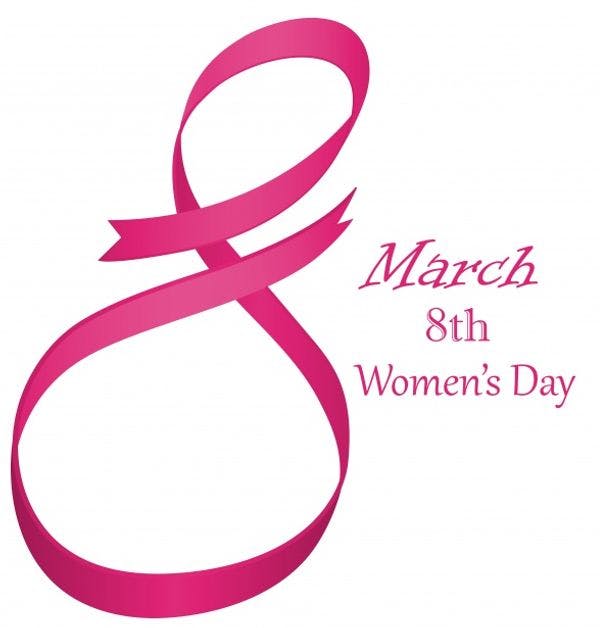The Gender Project: For women who use drugs
This International Women’s Day, in the run up to the UN’s General Assembly on the ‘World Drug Problem’ we’re focusing on women who use drugs who are often overlooked in HIV and harm reduction programmes, despite being increasingly affected.
Women are especially vulnerable to HIV and hepatitis C transmission. HIV rates are generally higher among women who use drugs, compared with men who use drugs. Women who use drugs often suffer the consequences of harmful drug policy more intensively than men. Women are incarcerated for drug offences, mostly non-violent, more than for any other crime.
In Ukraine, where the Alliance’s largest HIV and harm reduction programme operates, women account for almost half of all HIV cases among adults.
The sharing of injecting equipment is the main driver of HIV transmission in Ukraine, though increasing numbers of new infections are attributed to unprotected sex. Despite this, very few HIV programmes have integrated harm reduction and sexual and reproductive health and rights (SRHR) services.
“There is a general idea that people who use opiates are not capable of having sex,” believes Liudmyla Shulga, head of the technical support team at the Alliance for Public Health.
In Kenya, where an estimated 18,000 people inject drugs, research showed that only around 15% of people who inject drugs receive SRHR services, which means women are missing out on vital interventions including condoms and family planning, access to safe abortion, and maternal health services including prevention of mother to child transmission (PMTCT) services.
In Kenya and Ukraine there are also two examples of Alliance Linking Organisations addressing this imbalance by combining harm reduction and SRHR services.
Click here to read the full article.
Keep up-to-date with drug policy developments by subscribing to the IDPC Monthly Alert.
Thumbnail: Public Domain
